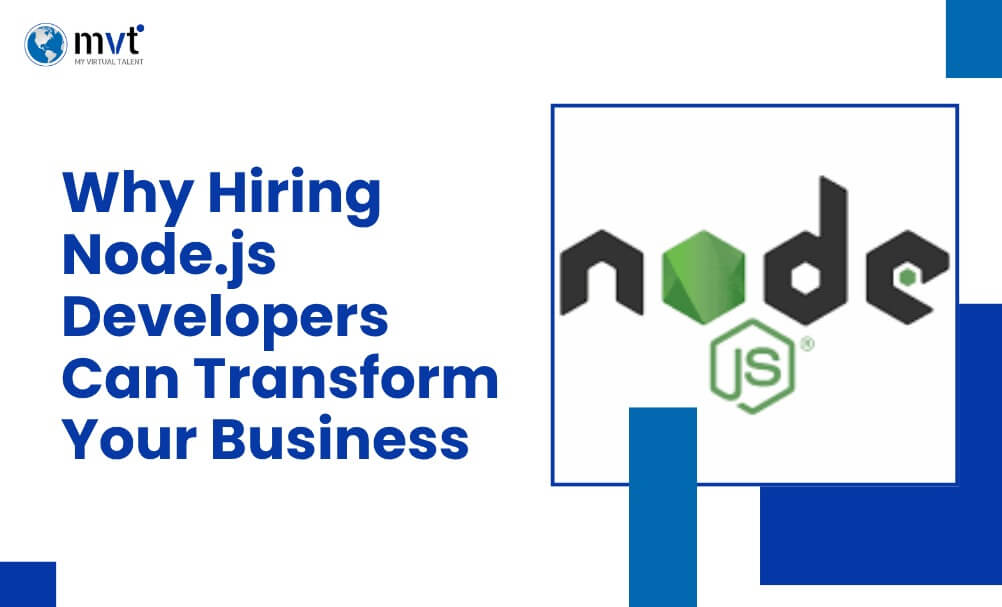
WordPress is now the most popular website platform in the world. It powers over 43% of all websites. Why? Because it’s easy to use, has thousands of helpful plugins, and a huge support community. These features make it a favorite choice for both beginners and businesses.
If you’re using Drupal and feel it’s too complex or hard to manage, you’re not alone. Many people are moving from Drupal to WordPress for a simpler and more affordable experience. WordPress gives you more control and makes website updates faster and easier.
This guide is here to help you make the switch from Drupal to WordPress Migration. We’ll show you each step clearly from backing up your data to importing your content safely. You’ll also get tips to avoid common mistakes and learn the best ways to keep your site running smoothly during the move.
Whether you’re building a blog, a small business website, or something bigger, switching from Drupal to WordPress could be the best move you make. Let’s get started and make your website better, faster, and easier to manage.
Why Switching from Drupal to WordPress Migration Is a Smart Move
Comparing Drupal vs. WordPress
When deciding between Drupal and WordPress, it’s important to know how they compare. Many users move from Drupal to WordPress because WordPress is easier to use and manage.
Ease of Use:
WordPress has a simple dashboard that is great for beginners. You don’t need to be a tech expert to manage your website. Drupal is more complex and often requires technical skills or help from a developer.
Customization:
WordPress offers thousands of free and paid themes and plugins. You can easily change the look of your site or add new features without any coding. With Drupal, making changes often needs coding knowledge or a developer.
Community Support:
WordPress has a huge, friendly community. There are many free guides, videos, and forums to help you solve problems or learn new skills. Drupal’s community is smaller and more focused on developers.
Scalability:
Both platforms can grow with your business. But WordPress gives you more flexible tools and options, making it easier to scale up.
If you want a platform that is user-friendly, flexible, and budget-friendly, moving from Drupal to WordPress could be the perfect choice for your website.
When Drupal May No Longer Work for You
- You need a developer for small updates
- The editing screen is hard to use
- You spend too much money on fixing custom modules
Switching from Drupal to WordPress can fix these problems. It gives you a flexible, budget-friendly, and easy-to-manage website that can grow with your needs.
Preparing for the Move
Audit Your Current Drupal Site
Before starting the migration, analyze what needs to be transferred over. Content, themes, user data, SEO configurations, and functionality are common components.
Recommended Tool: Use Screaming Frog to audit the SEO value of your Drupal site. This will identify critical pages and assets to preserve during the migration.
Define Goals for Your WordPress Site
Clarify your objectives for the new WordPress site, such as improving load speed, achieving a modern design, or simplifying backend tasks. Use these goals to guide your migration decisions.
Pro Tip: Create a detailed migration checklist and categorize each task so you know exactly what to tackle next.
Back Up Your Drupal Site
Backing up ensures you don’t lose valuable data in case of unexpected issues.
Recommended Tool: Use Backup and Migrate for Drupal to save all files and databases. Export files in a secure format and verify their backup integrity before proceeding.
Step-by-Step Guide to Migrating from Drupal to WordPress

Step 1: Install WordPress
Choose a trusted hosting provider like SiteGround, WP Engine, or Bluehost. These hosts offer one-click WordPress installs.
Pro Tip: Use a staging site to test everything before going live.
Step 2: Export Your Drupal Data
Export your content, pages, and images from Drupal. Keep your URLs and images safe.
Use the Views Data Export module in Drupal to help with this step.
Step 3: Import into WordPress
Install the FG Drupal to WordPress plugin.
- Go to your WordPress dashboard.
- Activate the plugin.
- Enter your Drupal site info and database details.
- Follow the plugin steps to move your content.
Step 4: Rebuild Your Design
Choose a new WordPress theme that matches or improves your old design.
Use Astra or Elementor to make designing easy.
Step 5: Replace Drupal Modules
Find WordPress plugins to replace your old Drupal modules.
- SEO: Yoast SEO
- Store: WooCommerce
- Speed: WP Rocket
Step 6: Test and Launch
Test your website. Check for broken links, design issues, and mobile view.
Update internal links and set up redirects to keep your SEO safe.
Submit your sitemap to Google Search Console.
Tips for a Painless Migration
Use a Staging Environment
A staging environment allows you to test changes before making them live, reducing the risk of downtime or errors.
Preserve SEO Value
- Implement 301 redirects to prevent broken links.
- Update your robots.txt file and sitemap.
- Use tools like Screaming Frog or Google Analytics for tracking migration success.
Train Your Team
Once the migration is complete, introduce your team to the WordPress dashboard to make them comfortable with the platform.
Know When to Seek Professional Help
For complex sites with heavy custom modules or critical third-party integrations, consider hiring migration experts to ensure a smooth process.
Addressing Migration Challenges
Here are some common issues you might face, along with solutions:
- Non-Compatible Data Structures: Use advanced plugins like FG Drupal Premium for unique data configurations.
- Loss of Functionality: Consult a WordPress developer to rebuild highly customized functions using custom code.
- Downtime During Migration: Minimize downtime by testing in the staging environment before taking the site live.
Conclusion
Moving from Drupal to WordPress may feel overwhelming at first, but it’s a smart choice for most users. WordPress is easier to use, offers more design options, and has a huge community to help you along the way. You’ll enjoy more freedom, faster updates, and better tools to grow your website or business.
If you’re ready to switch, now is the perfect time. Follow the steps in our guide and enjoy a smoother, more flexible website experience on WordPress.
Need help? Don’t worry, you don’t have to do it alone. Call MyVirtualTalent for Consultation and get expert support to make your Drupal to WordPress Migration simple and stress-free. We’re here to help you every step of the way!
Frequently Asked Questions (FAQs)
What is Drupal to WordPress migration?
Drupal to WordPress migration means moving your website from the Drupal platform to WordPress. This includes transferring your content, images, users, and design elements so your site runs smoothly on WordPress.
Why should I move from Drupal to WordPress?
WordPress is easier to use, has more plugins, and is beginner-friendly. If you want to update your website easily without needing a developer, switching to WordPress is a great idea.
Will I lose my SEO rankings after migrating from Drupal to WordPress?
Not if the migration is done correctly. If you use proper 301 redirects and keep your URLs, meta data, and structure similar, your SEO rankings will stay safe.
How long does Drupal to WordPress migration take?
It depends on your website size. A small site might take a few days, while a large site with lots of pages and data may take a week or two.
Can I migrate my Drupal website to WordPress without losing data?
Yes, with the right tools or expert help, you can migrate your entire Drupal website to WordPress safely without losing data like posts, pages, or user info.
Looking for fresh content?
Get articles and insights from our weekly newsletter.
Recent Posts
Reduce Your Marketing Spend By 70% And Grow Your Revenue Organically 10X Faster!
Get a Free Quote Today!










